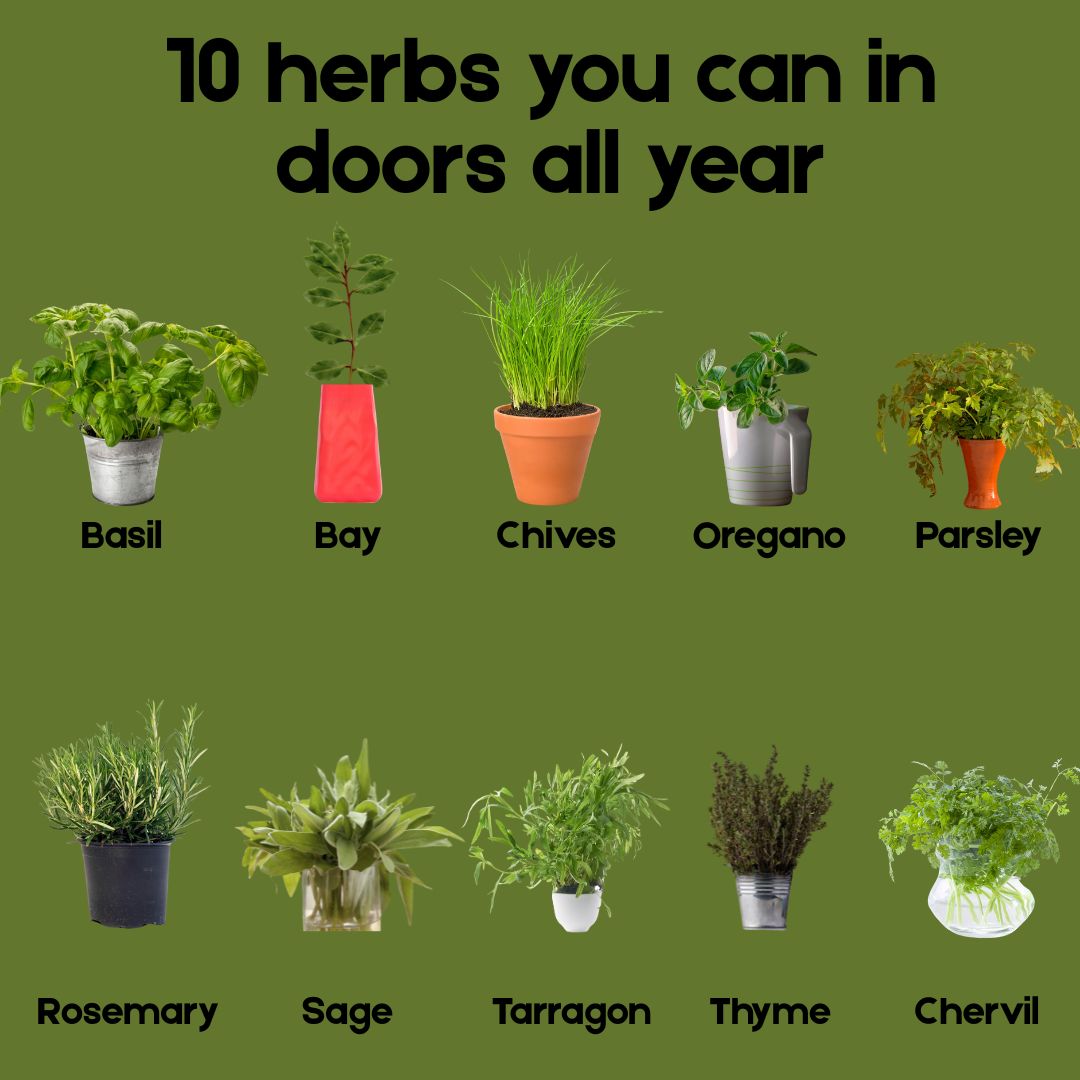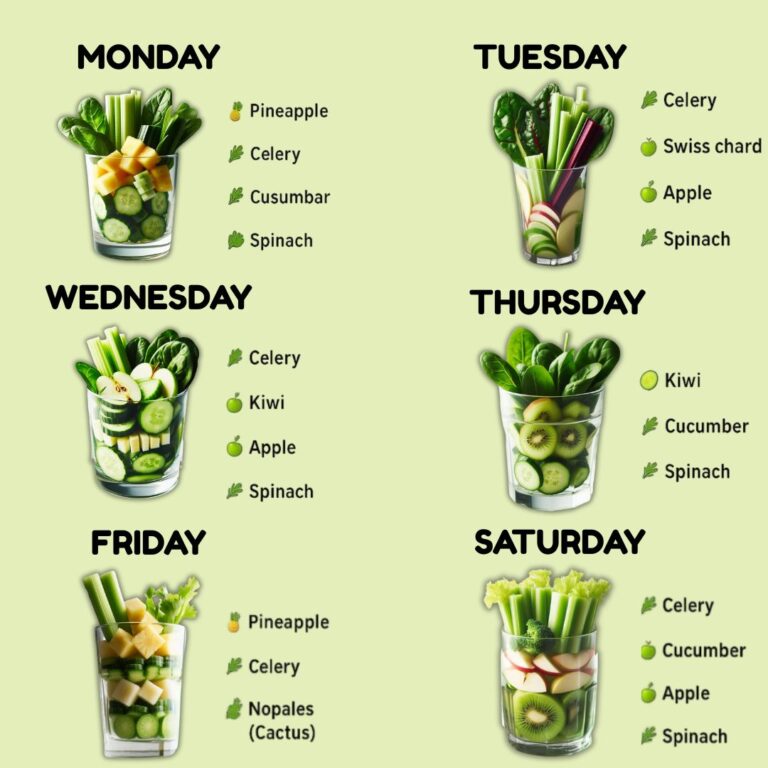10 Herbs You Can Grow Indoors All Year — Fresh Flavor at Your Fingertips
Introduction
Imagine having fresh, aromatic herbs ready to enhance your meals, no matter the season — all grown right in your home. Growing herbs indoors all year round isn’t just a dream; it’s a simple, rewarding way to bring vibrant greenery and fresh flavors into your life. Whether you’re a seasoned gardener or a curious beginner, cultivating herbs indoors offers countless benefits: convenience, improved air quality, and an endless supply of natural seasoning for your kitchen creations.
In this guide, you’ll discover 10 hardy herbs perfect for indoor growth year-round. You’ll learn how to care for them, the best tools to use, and creative ways to enjoy your harvest. Say goodbye to store-bought herbs that wilt in days and hello to a flourishing indoor garden that elevates your cooking and wellbeing.
Why You’ll Love Growing These Herbs Indoors
Growing herbs indoors offers a unique blend of satisfaction and practicality. Unlike outdoor gardens that depend on climate, weather, and seasons, indoor herb gardens thrive with consistent conditions and a bit of care. Here’s why you’ll love this approach:
- Accessibility: Herbs are just a step away when cooking, eliminating trips to the store.
- Freshness: Pluck leaves at their peak flavor, enhancing your dishes naturally.
- Air quality: Many herbs, like basil and mint, help purify indoor air.
- Therapeutic: Gardening indoors can reduce stress and improve mental health.
- Year-round harvest: With the right conditions, you never run out of your favorite herbs.
This easy access and satisfaction make indoor herb gardening a hobby that keeps on giving. Plus, if you love recipes with fresh herbs like Mint-Infused Lemonade, growing your own herbs will elevate your culinary skills instantly.
Ingredients (Herbs) List
Here are the 10 herbs you can easily grow indoors all year:
- Basil
- Mint
- Parsley
- Chives
- Rosemary
- Thyme
- Oregano
- Cilantro (Coriander)
- Lemongrass
- Sage
Necessary Tools
To start your indoor herb garden, you will need:
- Small to medium-sized pots with drainage holes
- High-quality potting soil (preferably organic)
- A sunny windowsill or a grow light setup
- Watering can or spray bottle
- Small gardening tools (trowel, pruning scissors)
- Fertilizer suitable for herbs (liquid or slow-release)
- Labels or markers for your pots
Ingredient Swaps and Additions
Not every herb suits every indoor environment, so feel free to experiment:
- Swap cilantro for flat-leaf parsley if you find it hard to grow due to humidity needs.
- Try different mint varieties like peppermint or spearmint for varied flavors.
- If you don’t have a sunny windowsill, invest in a full-spectrum LED grow light to replace natural light.
- Add companion plants like garlic or green onions to diversify your indoor garden ecosystem.
Step-by-Step Instructions
1. Choose Your Herbs
Select the herbs that you use most frequently and that match your home’s light conditions.
2. Pick Suitable Containers
Use pots with drainage holes to avoid waterlogging, which can cause root rot.
3. Prepare Potting Mix
Fill your pots with organic potting soil, ideally one formulated for herbs or vegetables.
4. Plant Seeds or Seedlings
Follow seed packet instructions for depth and spacing or transplant small herb plants into pots gently.
5. Provide Adequate Light
Place your herbs on a bright windowsill that receives 6-8 hours of sunlight or use grow lights set for 12-16 hours daily.
6. Water Wisely
Keep the soil moist but not soggy. Water when the top inch feels dry to the touch.
7. Fertilize Monthly
Use diluted liquid fertilizer or slow-release pellets as directed on the packaging.
8. Prune Regularly
Pinch or trim herbs to encourage bushier growth and prevent flowering, which can reduce flavor.
9. Monitor for Pests
Watch for aphids, spider mites, or fungus and treat promptly with organic solutions.
10. Harvest Continuously
Pick leaves as needed, ideally early in the day for best flavor.
Pro Tips for Success
- Rotate your pots weekly to ensure even light exposure.
- Use room temperature water to avoid shocking roots.
- Clean leaves occasionally to prevent dust buildup, which reduces photosynthesis.
- Group herbs with similar watering needs together to simplify care.
- Invest in a humidity tray or mist herbs that thrive in moist air, like cilantro and basil.
Serving Suggestions
Fresh herbs add flavor, aroma, and nutrition to countless dishes. Here are some ideas:
- Basil: Use in pasta sauces, salads, or classic pesto.
- Mint: Perfect for teas, desserts, and cocktails like mojitos.
- Parsley: Garnish soups, stews, or mix into tabbouleh salad.
- Chives: Sprinkle over baked potatoes or scrambled eggs.
- Rosemary: Infuse in roasted meats or homemade bread.
- Thyme: Ideal in marinades and vegetable dishes.
- Oregano: Add to pizza, Greek salads, or tomato sauces.
- Cilantro: Key for salsa, guacamole, and many Asian dishes.
- Lemongrass: Brew into teas or use in Thai curries.
- Sage: Pair with browned butter pasta or roasted squash.
If you want more recipe inspiration, check out our Herb-Infused Recipes.
Storing and Reheating
- Harvest herbs just before use for maximum flavor.
- Store excess herbs in a glass of water in the fridge, covering loosely with a plastic bag.
- Dry or freeze herbs for long-term storage.
- Avoid reheating fresh herbs as much as possible to preserve their essential oils and flavor—add them after cooking instead
Nutritional Information (General Overview)
Herbs are nutritional powerhouses that provide:
- Vitamins A, C, K
- Essential minerals like iron, calcium, magnesium
- Antioxidants that help fight inflammation and support immunity
- Low calories but high flavor impact
For example, parsley is especially rich in vitamin K, important for bone health, while mint aids digestion and rosemary boosts memory.
FAQs
Q1: Can I grow herbs indoors without sunlight?
While some herbs tolerate low light, most need at least 6 hours of bright light or grow lights for optimal growth.
Q2: How often should I water indoor herbs?
Water when the top inch of soil dries out; frequency depends on herb type, pot size, and indoor climate.
Q3: Can I grow herbs from kitchen scraps?
Yes! Some herbs like basil and mint can regrow from cuttings placed in water before potting.
Q4: Are indoor herbs safe from pests?
Indoor herbs are less prone but can still get pests; maintaining clean conditions and monitoring helps prevent infestations.
Q5: How long do indoor herbs typically live?
With proper care, many perennial herbs (like rosemary and thyme) can live several years indoors.
Conclusion
Growing herbs indoors year-round transforms your kitchen into a fragrant, flavorful oasis. These 10 herbs not only elevate your meals but also brighten your space and improve your wellbeing. With minimal tools and a little care, anyone can enjoy fresh herbs every day, no matter the season or climate. Start your indoor herb garden today and experience the joy of homegrown flavor at your fingertips!







